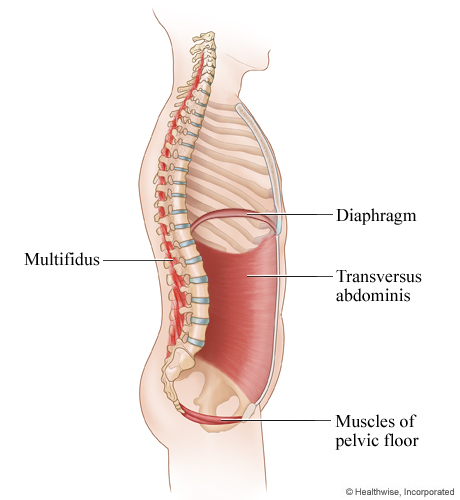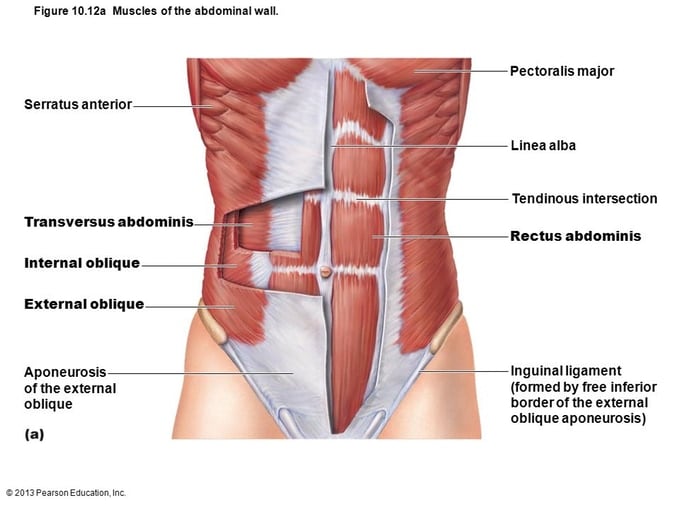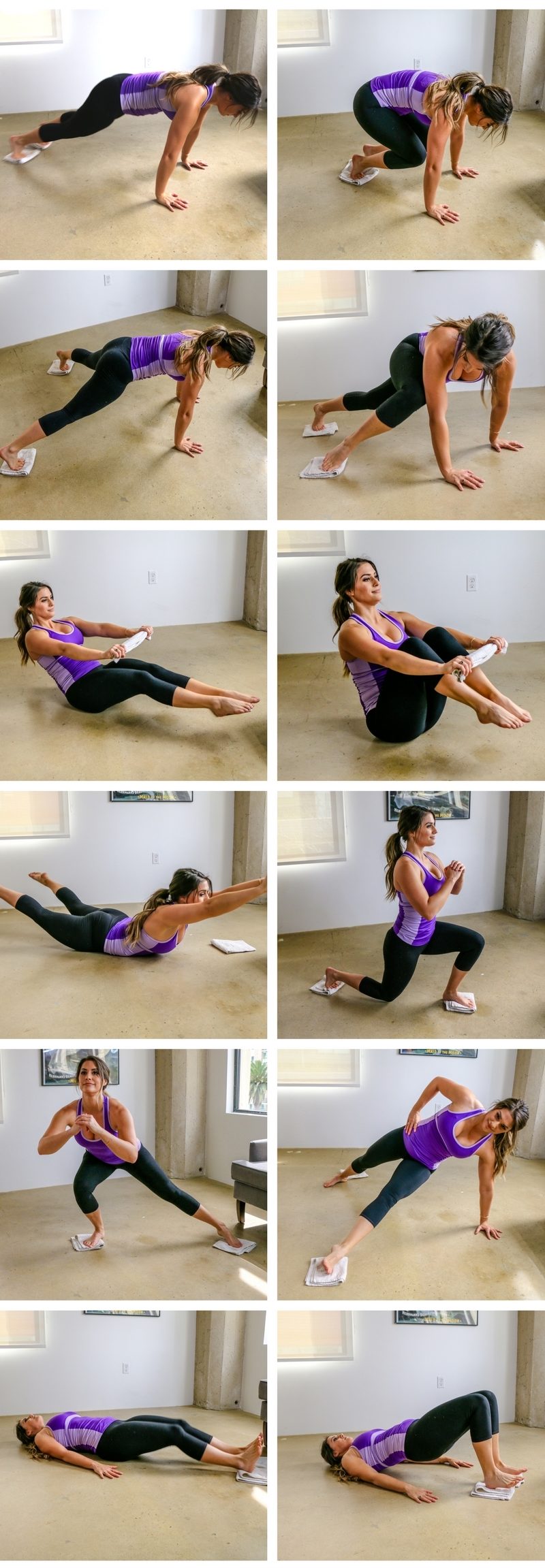Some might think that in order to get a great workout you need the latest and greatest equipment or a membership at a fancy shmancy gym. But that couldn’t be further from the truth. I mean, getting your sweat on at a super nice gym where they have butt warmers on the toilets is cool and all, but that doesn’t guarantee jack squat when it comes to how effective your workout is. And trust me, I’ve worked as a personal trainer at my fair share of elite fitness facilities so I can personally attest to this. I’ve observed thousands of people lay around and stretch for an hour and then do about 5 minutes of jumping jacks and then call it a day.
Now, I’m not saying that you can’t get an effective workout at a gym. But what I am saying is that not having a gym membership or not having access to equipment should never be an excuse to why you can’t kick some serious gluteus maximus (that’s your butt) and get six pack abs. Here’s how you can do effective ab workouts at home with just a towel! There’s just a few things you should know about your core before getting started.
Understanding Your Core Anatomy
Did you know that you actually have two different types of core muscles? I’ve dropped this little truth bomb on most of my personal training clients and once this finally sunk in, I saw dramatic changes in the way they trained their core. Your core (or abs) is comprised into two parts: the intrinsic core, and the extrinsic core. The basic difference between the two is that your intrinsic muscles help you to build intra-abdominal pressure, meaning they are more of a stability muscle than they are a mobility muscle, and extrinsic muscles take the force and energy that your intrinsic core develops and sends it outwards, thus, administering mobility, power, force, and controlled movements.
The Intrinsic Core
The intrinsic core, also known as the Intrinsic Stabilization Subsystem (ISS), is comprised of four muscles: the diaphragm, transverse abdominis, multifidus, and pelvic floor. These deep core muscles are mainly responsible for stabilization and are considered “low-threshold”. Low threshold muscles consist of slow-twitch (Type I) muscle fibers and can sustain force and contraction for an extended period of time. You know that feeling you get when you’re trying not to collapse during a plank? Well, those are your Type I muscle fibers firing up! When conditioned properly, these muscles will help improve your performance in other exercises because stabilizer muscles are meant to assist prime movers (the main muscle used in any given movement) in an exercise.
For example, the muscles in the hips may contract to stabilize the pelvis so that you can do an effective abdominal exercise. It’s important to note that when a muscle contracts it pulls equally on both ends, so stabilization would need to occur to ensure the exercise is done without breaking form. In an abdominal exercise, the muscles acting as stabilizers hold the pelvis in place so that when they contract they raise the torso and not simultaneously raise the pelvis.
These muscles are fairly small in size, but their importance is beyond crucial. Intrinsic core muscles also give feedback to the brain about position, force, etc. Remember, you can’t strengthen a muscle that your brain can’t activate! We want these muscles to be doing their job automatically, and effectively and on a subconscious level.
So if you’ve been doing a gajillion sit-ups and still feel like you have a keg instead of a six pack, it’s possible that you have a weak intrinsic core! To see if you are able to engage your intrinsic core lay down onto a flat surface and try to remove the gap that your lower back naturally creates. By pulling your pelvis upwards and pushing your lower back into the floor you will engage your intrinsic core. If you cannot hold this position for very long you should incorporate more stabilization exercises into your routine.
 Figure A [1]
Figure A [1]
The Extrinsic Core
The extrinsic core, is the outer abdominal wall surrounding the ISS. These muscles mainly consist of the external obliques and are responsible for functional movements such as rotation, bending over, and bending sideways in multiple planes of motion. Because the extrinsic core is a mobility muscle, it takes all of the strength and energy that is created in the intrinsic core and uses it to perform movements.
The outer core contains fast-twitch (Type II) muscle fibers. Fast-twitch fibers have a “high-threshold” and will be activated only when the force demands are greater than the slow-twitch fibers can meet (i.e.: decline sit-ups). They can generate more force than Type I, but are quicker to fatigue when compared to slow-twitch fibers.
It’s very common for people to pay more attention to the extrinsic core rather than the intrinsic core because these are the muscles we see when we look in the mirror, however, it’s crucial to understand the relationship between the inner and outer core muscles and how they work together to get a flat, toned tummy! It’s also important to remember that everyone has abs (anatomically speaking). So don’t get discouraged if you don’t see chiseled definition and lines on your tummy! Your abs are there but they are most likely hiding under layers of subcutaneous fat (the fat that is directly under your skin). Although you cannot remove subcutaneous fat (except through surgery), you can still shrink the fat cells!
People often confuse the term “fat loss” and assume that it means you are eliminating the fat, when in reality you are actually shrinking your fat cells. If you struggle losing body fat drinking one cup of SkinnyFit Detox once per day will boost metabolism, release toxins, and ease unwanted bloating to help you to accelerate fat loss.
 Figure B [2]
Figure B [2]
The Inner and Outer Core Relationship
It’s no secret that aesthetics are one of the main motivators for wanting six pack abs, and there is nothing wrong with that. But it’s important to maintain a balance of high and low-threshold training to ensure that your core is performing optimally and protects you from injury in the process.
The intrinsic core requires a unique style of exercises so that you are challenging the dynamic stability component. This also includes practicing proper breathing patterns (diaphragmatic breathing), being aware of your core, and understanding how to sequence your spine with the entire body during a full body movement.
Once you master this, exercises that strengthen your extrinsic core will become much easier, as well as your form and technique with other exercises.
Learn how to do effective ab workouts at home, with just a towel, and train both high and low-threshold core muscles!
How To Do Effective Ab Workouts At Home
Things To Remember
- Plank variations are an excellent go-to exercise for training the intrinsic core
- Incorporating different planes of motion will increase recruitment for fast-twitch muscle fibers
- Pull your pelvis towards your bellybutton, creating a hallowing on your core when performing plank movements. DO NOT stick your butt up in the air during your plank! Instagram models made sure to confuse everyone on proper form and technique, but TRUST ME, your back will thank me later. (If you feel pain in your lower back, double check the position of your pelvis).
- Make sure when you’re in a plank position you push down into the ground creating a slightly rounded position of the shoulders. If your shoulder blades are pushing out, if your upper back is sunken in, or if you feel pain in the shoulders, double check your form!
- Your shoulders should be in alignment with your wrist or elbows when you are in a plank.

At-Home Ab Workout (With A Towel)
Complete 2 rounds of 20 reps per exercise. As you progress you can increase your sets to complete 3 rounds and decrease your reps to complete 15 reps. You can view a detailed demonstration video of each exercise on our YouTube page! You can see the video here. Don’t forget to hydrate with SkinnyFit Detox!

